-
Car Reviews
- Car News
-
Car Comparisons
Latest comparisons
- Chasing Deals
Now in its fourth generation, is Toyota’s big three-row SUV still the staple for Aussie families that love to tour?
For over two decades, the Toyota Kluger has been a staple on Australian roads. It’s always been ‘the bigger Camry’ that has room for the whole family, plus the dog, and carries that iconic Toyota reliability reputation that everyone here is so fond of.
Now in its fourth generation, the Kluger has come a long way from its humble beginnings as the soft-roading answer to the Toyota’s 4Runner (at least in North America).
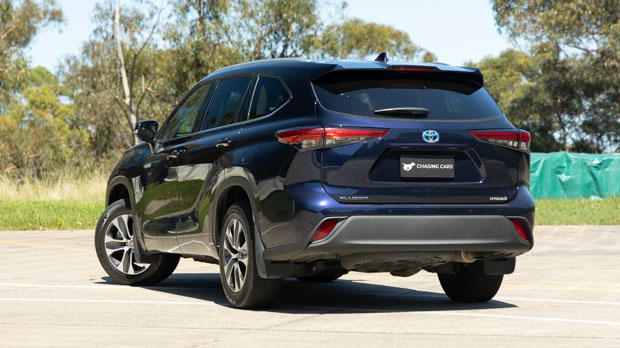
These days, the Kluger is less about soft-roading and more about comfort, space, and fuel efficiency, three things that Toyota has seemingly nailed.
In Australia, Kluger buyers still have the choice of two engine options – the 2.5-litre petrol hybrid and a relatively new 2.4-litre turbocharged petrol engine.
Most will remember the 3.5-litre V6 that used to headline the Kluger range, but this was recently removed from the local lineup.
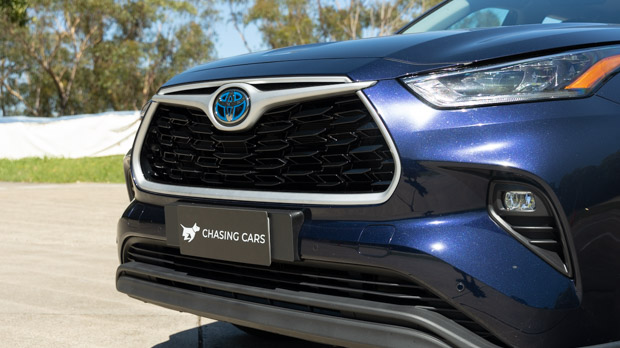
This is likely down to the Kluger market moving away from thirsty engines, with 67 percent of Kluger sales in the past year being for the hybrid variant.
Despite this impressive hybrid sales rate, supply issues continue to plague Australia’s most popular car brand, and things are especially bad in the case of the Kluger.
Just recently Toyota Australia updated the Kluger’s webpage to say that extended wait times have meant that pricing and specification may change by the time the vehicle is delivered.
In other words, Toyota doesn’t want to provide a driveaway price as it might significantly vary by the time the vehicle actually reaches Australia.
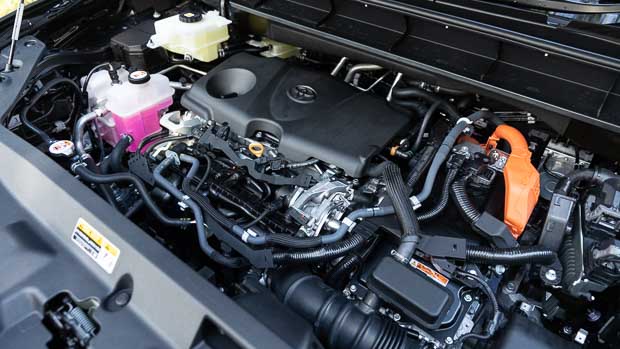
So while purchasing a Kluger might be a little more tedious than usual, Toyota is still selling the seven-seat SUV, so let’s take a closer look at what you get for $67,140 before on-road costs in the mid-range GXL Hybrid.
At this price point, the Kluger GXL Hybrid has a few rivals in the large SUV segment. These include the Kia Sorento Hybrid, Hyundai Palisade, and the Mazda CX-9.
For this review, we spent time in the GXL Hybrid AWD, which is the most expensive of the GXL range in Australia, but Chasing Cars will be sharing experiences from both the petrol and hybrid drivetrains in this review.
In Australia, a Kluger can be had with either a 2.4-litre turbo-petrol four-cylinder engine making 198kW/420Nm, or a 2.5-litre hybrid petrol with 184kW/242Nm.
In the case of the turbo 2.4, it makes use of an eight-speed torque converter automatic transmission that sends power to the front wheels, or all four wheels. On the other hand, the hybrid engine is mated exclusively with an E-CVT and an all-wheel-drive system.
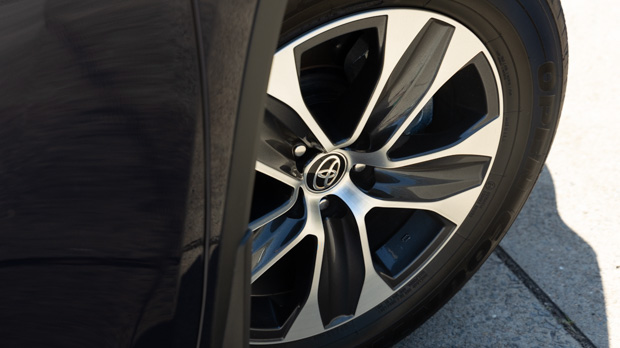
It’s a more simple story when you just look at the Kluger Hybrid range, which starts with the GX at $57,620, the GXL at $67,140, and the range-topping Grande at $79,560 before on-road costs.
As the entry-level Kluger, standard equipment on the GX Hybrid is quite basic, but includes things like 18-inch alloy wheels, an 8.0-inch infotainment display, and tri-zone climate control.
It also gets a fabric interior, a six-speaker sound system, and a small 4.2-inch digital driving display.
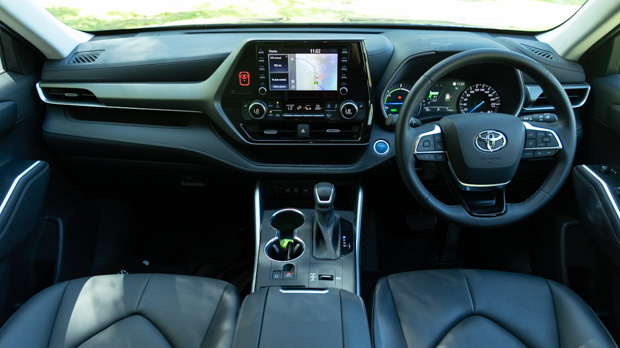
Next in the range is the GXL hybrid, which ups the luxury with a synthetic leather interior, a larger 7.2-inch semi-digital cluster, power adjustable seats, and an electric tailgate.
It should come as no surprise to see that the biggest jump in standard equipment comes between the GXL and the Grande, which represents a $9420 price hike before on-road costs.
Standard equipment in the Grande includes 20-inch alloy wheels, a premium leather interior, and a panoramic sunroof. A head-up display, an 11-speaker premium JBL sound system, and a 360-degree camera is also thrown in to sweeten the deal.
As the more fuel efficient Kluger of the two on offer, some might mistake the hybrid as the one that’s less interesting to drive, but I’d argue that this shouldn’t be the case. By itself, the 2.5-litre naturally aspirated four-cylinder engine makes 142kW and 242Nm.
Compared to the 198kW/420Nm offered by the turbo engine, it doesn’t sound like a lot, but that’s before the electric figures from the hybrid are added in.
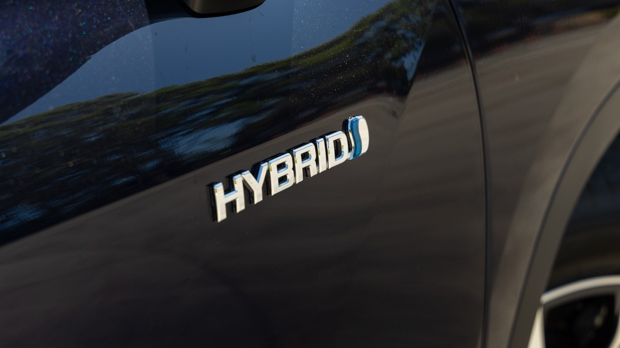
With an electric motor on each axle that chips in an extra 42kW and 121Nm, peak figures are brought up to 184kW and 363Nm.
Toyota Australia doesn’t officially provide a peak torque figure for both petrol and electric outputs, and the 363Nm represents the fact that not all power units deliver their respective peak output at the same time..
During independent testing, Chasing Cars found that the Kluger GXL Hybrid would hit 100km/h from a standing start in 7.89 seconds. Though this isn’t a crazy figure by modern standards, it’s impressive for a large SUV that prioritises comfort and fuel efficiency, and one that weighs over two tonnes.
Numbers aside, this translates to a large SUV that’s reasonably satisfying to drive, with all that electric torque available instantaneously. It’s comparable in driving dynamics to a speedboat, as the rear will squat upon acceleration as it surges towards triple figures.
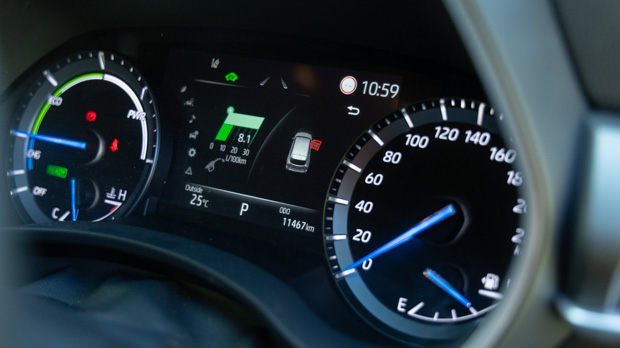
As is the case with E-CVT-equipped Toyota vehicles, the transmission is pleasantly surprising to use, and manages to bridge the gap between a CVT and a torque converter automatic nicely.
This is because it doesn’t whir well up into the rev range when the accelerator is pressed, instead, it delivers torque whilst remaining relatively composed.
This E-CVT also does a good job of mimicking the shifts of a torque converter automatic, as it is stepped. As well as ‘shifting’ between gears automatically, drivers can also use the manual mode on the gear selector to select a ratio for the driving situation.
Despite all these positive aspects, there is still no denying the underlying factor that a Toyota Hybrid will always be just a little dull to drive. It’s so proficient in what it does, and the power delivery is so linear that you can’t help but get a little bored when behind the wheel of this Kluger Hybrid.
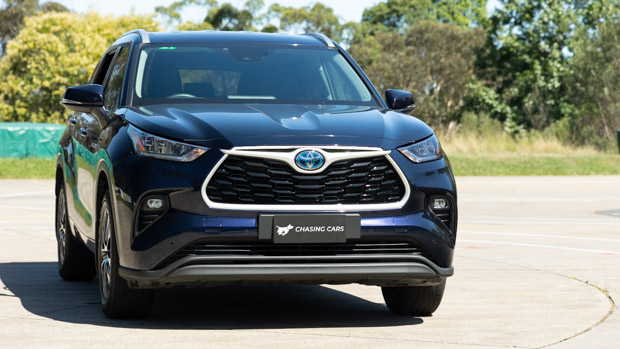
We haven’t yet tested a Kluger turbo, but we’ve had a chance to sample this engine in the updated Lexus NX 350 near the end of last year. In its Lexus-badged guise, this engine makes 205kW/420Nm, meaning it’s up 7kW and 10Nm.
Here, Chasing Cars Founder Tom Baker spoke highly of the engine’s performance, saying that it was “feisty, even frenetic off the line” in the all-paw Lexus NX.
It’s likely that the Lexus will have more impressive performance than the Kluger considering its smaller stature, but the NX 350 is capable of hitting 100km/h in seven seconds flat. Its all-wheel-drive system also enjoys “enthusiastically directing torque rearward for some genuine RWD-style push from corners.”
As for the ride that the Kluger GXL offers, it was a real standout point for me. Any time a vehicle is sitting on fixed dampers, there has to be a compromise somewhere between ride quality and body control, and I’m happy to report that Toyota has got it just right.
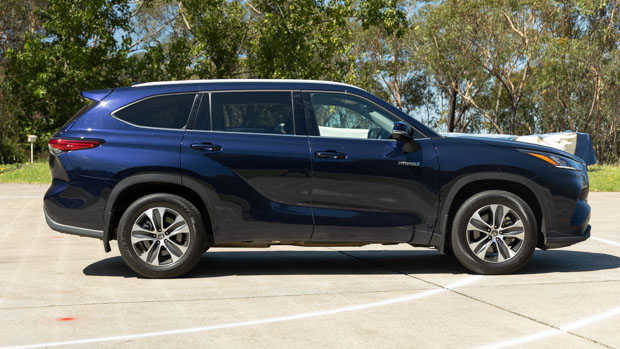
Many would be forgiven for thinking that the Kluger occupies a more premium position in the large SUV segment, just from its ride quality alone. It seems to lumber over the road, taking most inconsistencies in its stride.
Large pot holes and such make themselves evident, but for the most part, it’s a very impressive suspension system. This is likely helped by the fact that this GXL is riding on the 18-inch alloy wheels, which allow for more tyre sidewall compared to the range-topping Grande on 20-inch alloy wheels.
There isn’t a lot to be said about the Kluger GXL’s handling, as it is exactly what you’d expect from a large, family-friendly SUV. Though the body control is good under normal driving circumstances, as soon as a bit of pace is involved, drivers will really begin to feel the Kluger’s weight.
Unlike a lot of electric SUVs that tip the scales at over two tonnes, the Kluger Hybrid doesn’t feel as stable, and this is likely down to the lower centre of gravity that large battery packs provide. This is especially evident in corners, where the Kluger will body roll quite significantly as it lumbers through bends.
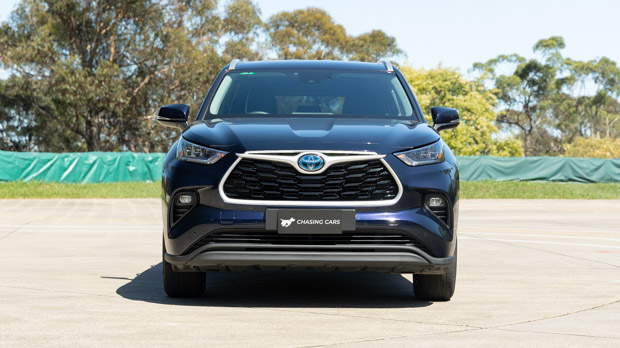
It’s a similar story on the steering front, with not much road feeling at all making its way back to the steering wheel. In saying this, it’s not something we’ve come to expect from Toyota’s hybrid fleet, but just an ounce of communication would give drivers more confidence on the road.
Despite the little let downs across the board of the Kluger’s driving dynamics, it still comes with the standard Toyota feeling that many are so fond of. Above all else, the Kluger feels safe, with a well insulated cabin, and a refinement that is so synonymous with the Japanese brand.
On the inside, the Kluger GXL is well-appointed with soft touch leather covering most surfaces across the cabin. This can be found on the door cards, across the dash, and surrounding the centre console.
This is contrasted by silver plastic paneling in a similar style to the aging Camry sedan. I was impressed at the lack of piano black trimming, with the infotainment screen frame being the only area finished with it. It also gets a nice leather-wrapped steering wheel to complete the look.
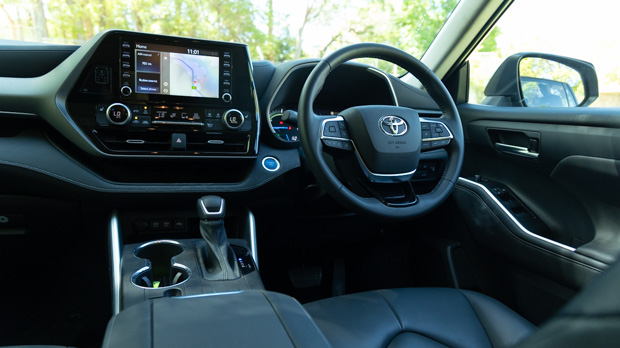
In terms of technology, an 8.0-inch infotainment screen sits in the centre of the dash, which gets satellite navigation as well as wired Apple Carplay and Android Auto.
Though the screen is generous in size, it does use Toyota’s older operating system, which feels very dated compared to the new one in the Corolla Cross. The dark colours and low screen resolution are the two aspects that date the system.
Behind the steering wheel sits a semi-digital cluster with a 7.0-inch information display in the centre.
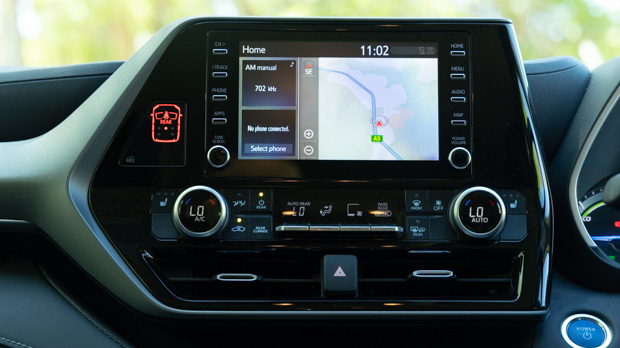
While fitting analog gauges in 2023 might sound a little low rent, the information is easy to make out, and the large digital display in the centre shows all the information drivers will need.
As for the seats, the Kluger GXL gets a synthetic leather upholstery, which is comfortable enough for its purpose.
The two front seats are very large, almost to the point that they feel like armchairs, meaning that long trips wouldn’t be an issue on the comfort front.
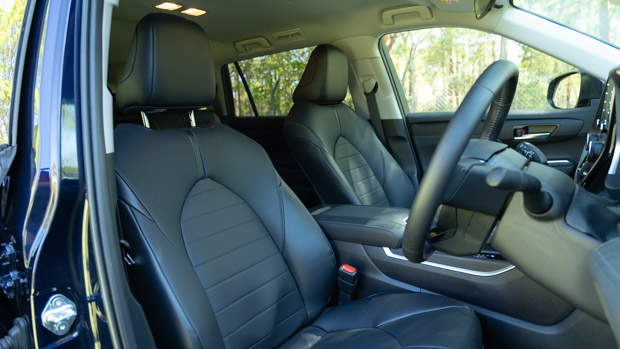
These seats also get power adjustment on the GXL grade, and whilst they’re heated buyers would have to opt for the range-topping Grande for ventilated seats.
Passenger space is another element that the Kluger isn’t short on, with a seriously generous second row. Headroom, leg room, and seat width are all extremely impressive, and this is only helped by the relatively flat floor.
Unfortunately, the same can’t be said for the third row, where adults will likely struggle to fit back there in comfort.
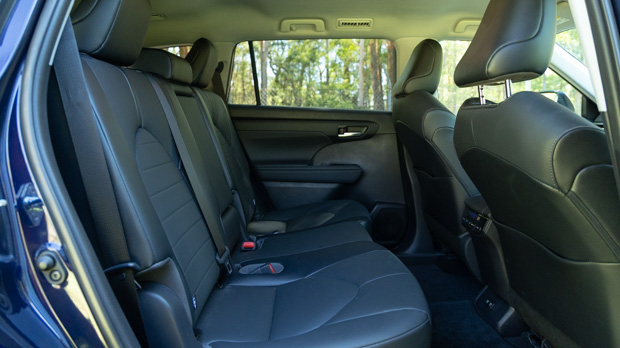
The fact that the second row is capable of both tilting and sliding does help this a little, with extra leg room being generated once the seat is moved forward.
Cargo space is another element that the Kluger isn’t short on. With all three rows of seats in place there’s 241-litres of space. This jumps to 552 with the third row folded, and again to 1150 when both rows are folded.
It’s also worth noting that the battery of the hybrid model doesn’t impact cargo space, with these numbers matching those of the turbocharged SUV. As for towing, the Kluger is rated to two tonnes braked across the range.
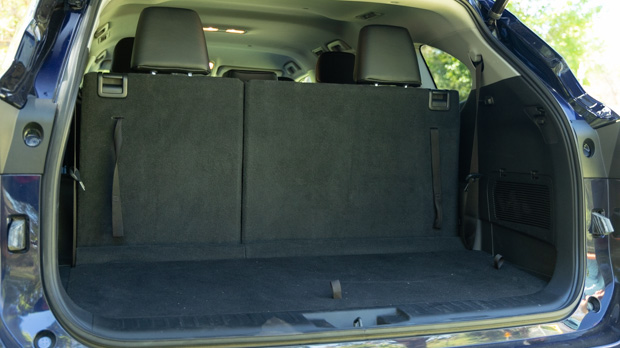
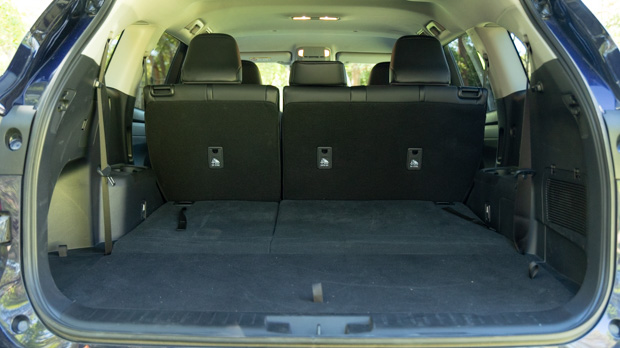
The Toyota Kluger was awarded a five-star safety rating by ANCAP after it was tested in 2021, with scoring particularly highly in both adult and child occupant protection areas.
As well as providing a safe feeling on the road, the Kluger GXL comes standard with Toyota’s full active safety suite, including things like adaptive cruise control, lane-keep assist, blind-spot monitoring, among others.
Though all of Toyota’s systems work perfectly in the Kluger, I did find the lane-keep warning system to be quite intrusive.
Above all else, I’d say that ownership costs are where the Kluger GXL Hybrid comes out above all its rivals in the large SUV segment.
Toyota claims a combined fuel economy of 5.6L/100km, and we found this to be spot on. During an urban test, the Kluger Hybrid averaged 5.8L/100km, and on the motorway, it returned a figure of 5.1L/100km.
These are impressive figures even just in comparison with the turbocharged Kluger, which Toyota claims will do 8.5L/100km.
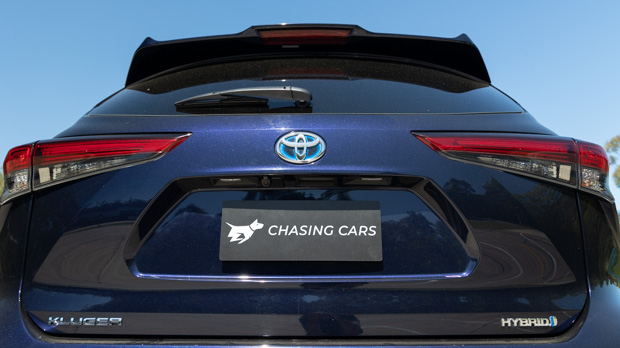
This does come with the caveat that the hybrid needs 95 octane to run, whereas the turbo can happily run on 91 octane.
As for servicing, Toyota’s capped price plan will set Kluger Hybrid owner’s back just $1325 to service over a five-year period. This is with service intervals occuring every 12 months, or 15,000km. Toyota Australia is yet to release servicing details for the 2.4-litre turbo model.
As for a warranty, the Kluger range is covered under Toyota Australia’s five-year, unlimited-kilometre plan.
As a whole, there’s no denying that the Kluger GXL is one of the most fit-for-purpose large SUVs on the market. When it comes to buying a family friendly SUV, I can imagine that there are four cornerstones that weigh heavily in a buyer’s decision.
These are price, fuel efficiency, comfort/space, and safety. Toyota’s Kluger manages to tick every single one of those boxes, scoring extra points on the fuel economy and safety fronts.
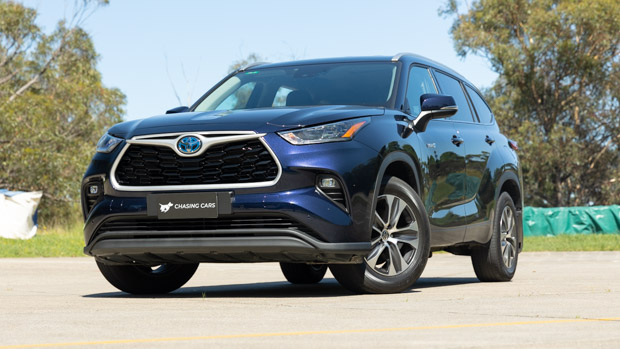
Sure, the driving dynamics are lacklustre, but the Kluger has never claimed to be a driver’s car, doesn’t need to be. What it does do is provide a reasonably comfortable ride, and has an engine that has enough grunt to pass on the highway, or tow the boat.
The bottom line is that there is a reason why Toyota is facing such big delays on hybrid vehicles such as the Kluger. They’re well-priced, reliable, and safe – and that will always be a winning formula for a family friendly vehicle.
Key specs (as tested)
About Chasing cars
Chasing Cars reviews are 100% independent.
Because we are powered by Budget Direct Insurance, we don’t receive advertising or sales revenue from car manufacturers.
We’re truly independent – giving you Australia’s best car reviews.
The estimate provided does not take into account your personal circumstances but is intended to give a general indication of the cost of insurance, in order to obtain a complete quote, please visit www.budgetdirect.com.au. Estimate includes 15%^ online discount.
^Conditions Apply
Budget Direct Insurance arranged by Auto & General Services Pty Ltd ACN 003 617 909(AGS) AFSL 241 411, for and on behalf of the insurer, Auto & General Insurance Company Limited(ABN 42 111 586 353, AFSL 285 571).Because we don’t know your financial needs, we can’t advise you if this insurance will suit you. You should consider your needs and the Product Disclosure Statement before making a decision to buy insurance. Terms and conditions apply.
Indicative quote based on assumptions including postcode , 40 year old male with no offences, licence suspensions or claims in the last 5 years, a NCD Rating 1 and no younger drivers listed. White car, driven up to 10,000kms a year, unfinanced, with no modifications, factory options and/or non-standard accessories, private use only and garaged at night.
^Online Discounts Terms & Conditions
1. Discounts apply to the premium paid for a new Budget Direct Gold Comprehensive Car Insurance, Third Party Property Only or Third Party Property, Fire & Theft Insurance policy initiated online on or after 29 March 2017. Discounts do not apply to optional Roadside Assistance.
2. Discounts do not apply to any renewal offer of insurance.
3. Discounts only apply to the insurance portion of the premium. Discounts are applied before government charges, taxes, levies and fees, including instalment processing fees (as applicable). The full extent of discounts may therefore be impacted.
4. We reserve the right to change the offer without notice.